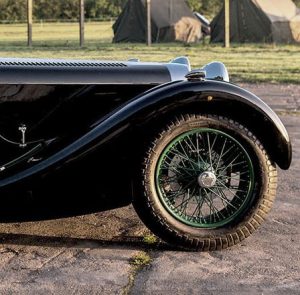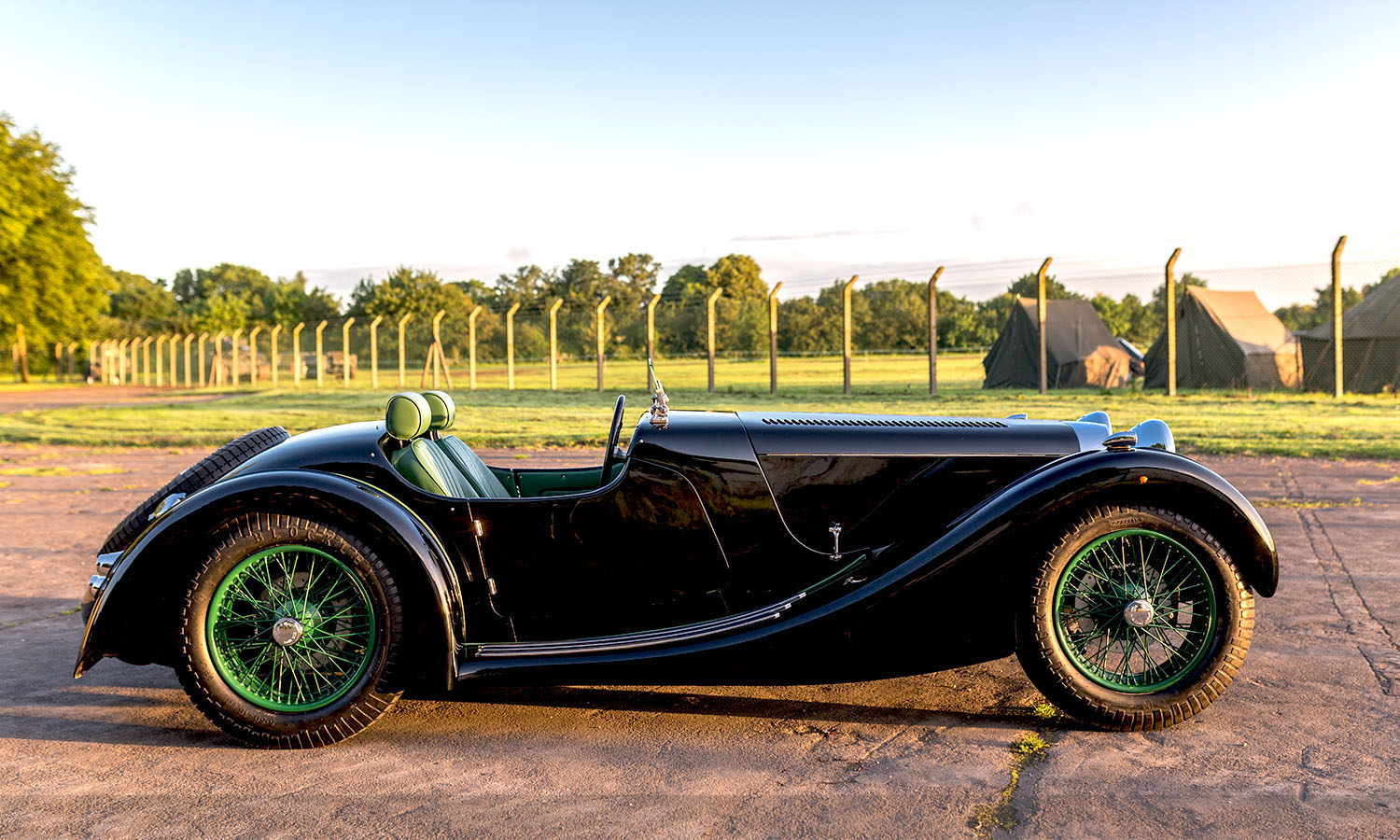But if age and quality were the only criteria, we’d surely be surrounded by ‘classics’. So, to what else do we owe this title?
Rarity and value will perhaps play a role, as may fashion and style. And what about perfection? The design process often involves many stages of improving and elaborating until the perfect version is achieved, one that cannot be improved upon. Which leads us to another definition of classic: a totally flawless item that is beyond reproach.
In The Know
Someone, at some point in time, will have christened the object in question a classic; someone we listen to and respect; someone who ‘knows about these things’. This may be an academic or an expert with appropriate experience in the field concerned.
In the case of the new Atalanta sports car, it was automotive authority Goodwood Road & Racing that described the motor as ‘A British Classic Reborn’ after having subjectively considered all of its attributes. Any object that is dealt the classic label becomes instantly more desirable and therefore valuable. Those who own one will do whatever they can to preserve it or ensure that it is passed on to someone who will care for it as it deserves, so that others may enjoy it for years to come.
 So, What Makes A Classic Car?
So, What Makes A Classic Car?
With many classic designs – cars or otherwise – commonalities exist. We are inexplicably drawn to their beauty. Somehow we’re programmed to be attracted to organic shapes, those that remind us of the human form and our natural surroundings.
Classic cars such as the Atalanta also possess these natural lines, utilising the latest aerodynamic principles of the day. This streamlined appearance appeals to our own unconscious senses that apparently urge us to appreciate this feminine form.
A classic car will also have enough historical interest to be deemed worthy of maintaining or restoring rather than scrapping. One that, like the Atalanta, perhaps possesses a feature or two that grants it its own personality, has introduced some new technological advancement that we now take for granted, or that simply reminds us of a bygone age. A car falling into any of these categories, that anyone has put the time and effort into preserving and/or improving must surely be designated as a classic.
In the 1930s the Atalanta was noted for its superior handling and performance as well as its elegant styling. Lightweight materials, independent suspension and innovative technology set it aside from other cars of the era, capturing the hearts and minds of the new breed of drivers.
Modern British Classic Sports Car
The revived Atalanta casts a similar spell over any car enthusiast, sharing many of the same properties as the original 1937 model, no doubt prompting it to be christened a modern British classic sports car. As well as Goodwood Road and Racing, owning these familiar lines, it is indeed of quality, with the materials, craftsmanship and time used to create it adding value to a car that provides vintage motoring without compromising on some of the features we expect from today’s vehicles.
With such attention to detail, any owner of an Atalanta car can be assured of a classic design that has been revived and improved upon, 80 years after its conception. The handful of cars built each year to this design are equally notable in their rarity, beauty and the engineering prowess of their creators.
As for age, the new Atalanta is simply timeless, incorporating contemporary technology with the original coachwork, innovatively marrying all aspects of what is a modern British classic.
Take your first steps to driving your own modern British classic sports car by visiting www.atalantamotors.com or calling 01869 242200 to make an appointment at the Bicester workshop. Commission your very own Atalanta car today!


